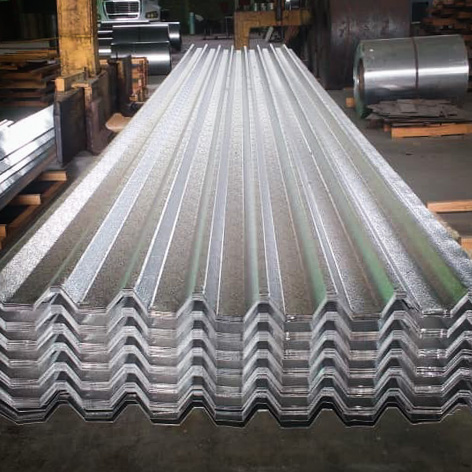Temper designations refer to variations of the physical properties that are achievable within an alloy. The alloys we extrude – wrought aluminium alloys – are either heat treatable and non-heat treatable. Both types are widely used. Alloys in the 1xxx, 3xxx, and 5xxx series families are non-heat treatable. 2xxx, 6xxx, and 7xxx series alloys are heat treatable. 4xxx series alloys contain both heat-treatable and non-heat treatable varieties. Alloys in the non-heat-treatable group cannot be strengthened significantly by heat treatment, and their properties depend upon the degree of cold work. Heat-treatable alloys can. This means the differences in the chemical and metallurgical structures of the alloy groups also have an impact on how the alloys react during the welding process, as well as the other fabrications processes I mentioned. In other words, this wide variety of aluminium alloys and their tempers creates a complex range of materials. Understanding the basic differences can help you be more successful.
Five aluminium alloy temper designations
It is not easy, at a glance, to make sense of temper designations. But it is important to recognize and understand what the letters and numbers mean. Aluminium products with specific properties and forms are identified by alloy and temper designations. Alloy designations are four-digit numbers. These identify the alloy chemistry. Temper designations are alphanumeric. They are added to the alloy designations, after the four-digit alloy designation. An example is 6061-T6. Temper designations tell both the producer and the user how the alloy has been mechanically and/or thermally treated to achieve the properties desired. The first character in the temper designation (a capital letter, F, O, H, W, or T) indicates the general class of treatment.
-
F
As fabricated. Most F-temper products are “semi-finished” products. They will be used in shaping, finishing or thermal processes to achieve other finished forms or tempers. -
O
Annealed. Annealing treatments are used to achieve the lowest-strength condition for the alloy. The main reason is to maximize workability or increase toughness and ductility.
-
H
Strain-hardened. This is for non-heat-treatable alloys that have had their strength increased by strain hardening, usually at room temperature. -
W
Solution heat-treated. This designation applies only to alloys that age naturally and spontaneously after solution heat treating. It is rarely a finished temper. -
T
Thermally treated. This applies to any product form of any heat-treatable alloy that has been given a solution heat treatment followed by quenching and aging.







